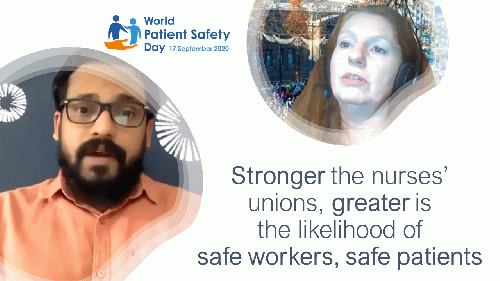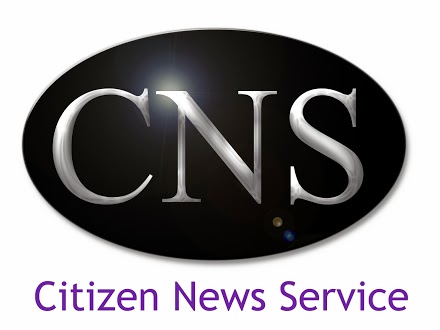
Efforts of Melbourne nurses' union bore fruits: gained a law for 3 to 1 patient to nurse ratio in general wards and one to one nurse to patient ratio in ICU
(Image by CNS) Details DMCA
In May 2019, all 194 countries that set the agenda of the World Health Organization met at the 72nd World Health Assembly and endorsed the establishment of World Patient Safety Day to be marked annually on 17 September. But this year's COVID-19 pandemic has unveiled the huge challenges and risks healthcare workers are facing globally including hospital-borne infections, violence, stigma, psychological and emotional disturbances, illness and even death. Furthermore, working in unjust, abusive and stressful environments makes healthcare workers more prone to errors which can lead to patient harm. That is why the theme of 2020 World Patient Safety Day is "Health Worker Safety: A Priority for Patient Safety."
safe healthcare workers, safe patients
"Even though there is a laudable move from the Indian government to safeguard healthcare workers from physical attack by patients, relatives or other people, but healthcare workers should also be protected from frequent burnout, psychological distress, exposure to pathogens, long working hours, fatigue, and many such issues that also affects safety of both: workers and the patients" said Jibin TC, National Working Secretary of United Nurses Association (UNA), India. He was speaking on a panel co-organized by Public Services International (PSI).
The ongoing pandemic has placed healthcare workers at an unprecedented occupational risk of morbidity and mortality: lack of or inadequate personal protective equipment (PPE), exposure to infected patients, work overload, and/or poor infection control, makes them extremely vulnerable to occupational coronavirus infection. While some of the problems and challenges that healthcare workers face today are specific to the pandemic, many are pre-existing issues that have been exacerbated by it.
"There are many hospitals where nurses are suffering from paucity of basic amenities like masks, isolation gowns, face shield, testing kits, etc. Also, there is a huge shortage of nurses in both government and private hospitals. Ideally speaking every ventilated patient needs to have one nurse in the intensive care unit (ICU) but many private hospitals are not maintaining the nurse to patient ratio which is also a big threat to patient safety" added Jibin.
Earlier in the pandemic, shortage of PPE was a major issue for safety of healthcare workers. But now the concern has shifted to quality of PPE which is being handed out to the healthcare workers. "Many hospitals are giving extremely poor quality of PPE to nurses and other healthcare professionals. There is no proper standardization of PPE kits. Also, many hospitals are having 12 hours-shifts with PPE kits for nurses even when the government insists on a 6-hours shift. Nurses are often not given adequate support for isolation and quarantine. There are cases when nurses got infected with coronavirus (or their family members tested positive) but the bills were not covered by the hospital management. Only few hospitals are offering free treatment and management for nurses in case they contract an infection" said Jibin.
For example, when a nurse lost her eyesight (in one of the eyes) due to a blast in the humidifier of an oxygen cylinder, not only she had to leave work, but also the organization did not compensate her by any means. "She will not get a job because she lost her eyesight in one eye" shared Jibin.
He demanded that samples must be collected early enough to identify diseases among nurses, as well as immediate isolation, periodic investigation, and free vaccination of nurses for range of vaccine preventable illnesses must be done.
(Note: You can view every article as one long page if you sign up as an Advocate Member, or higher).





